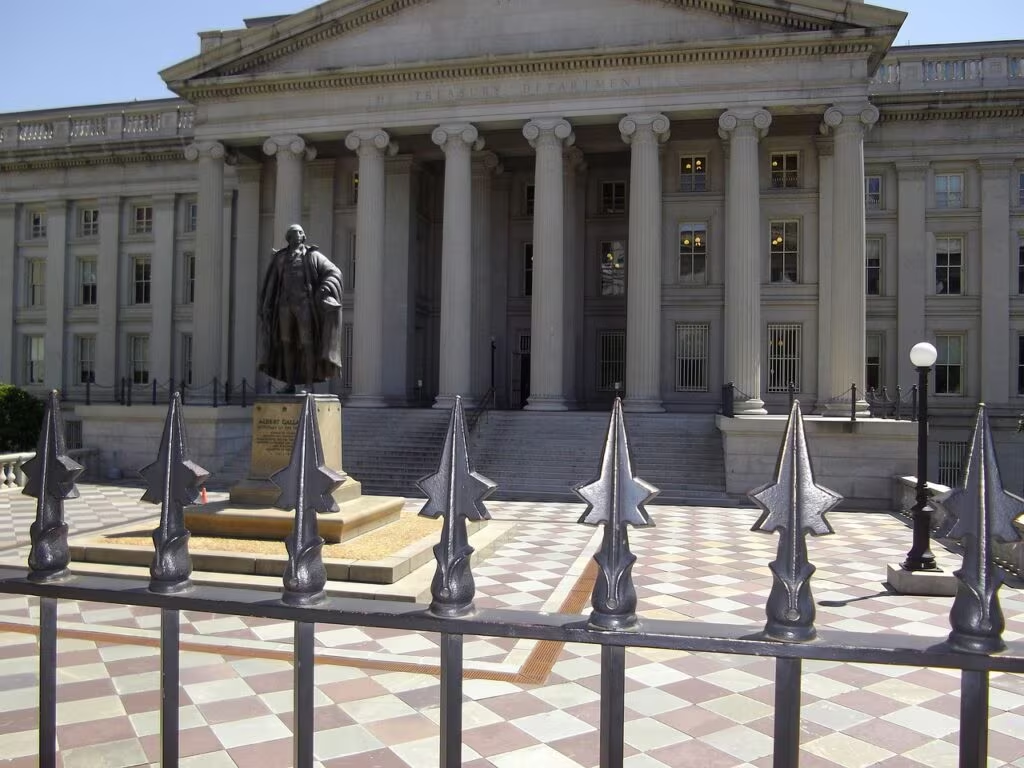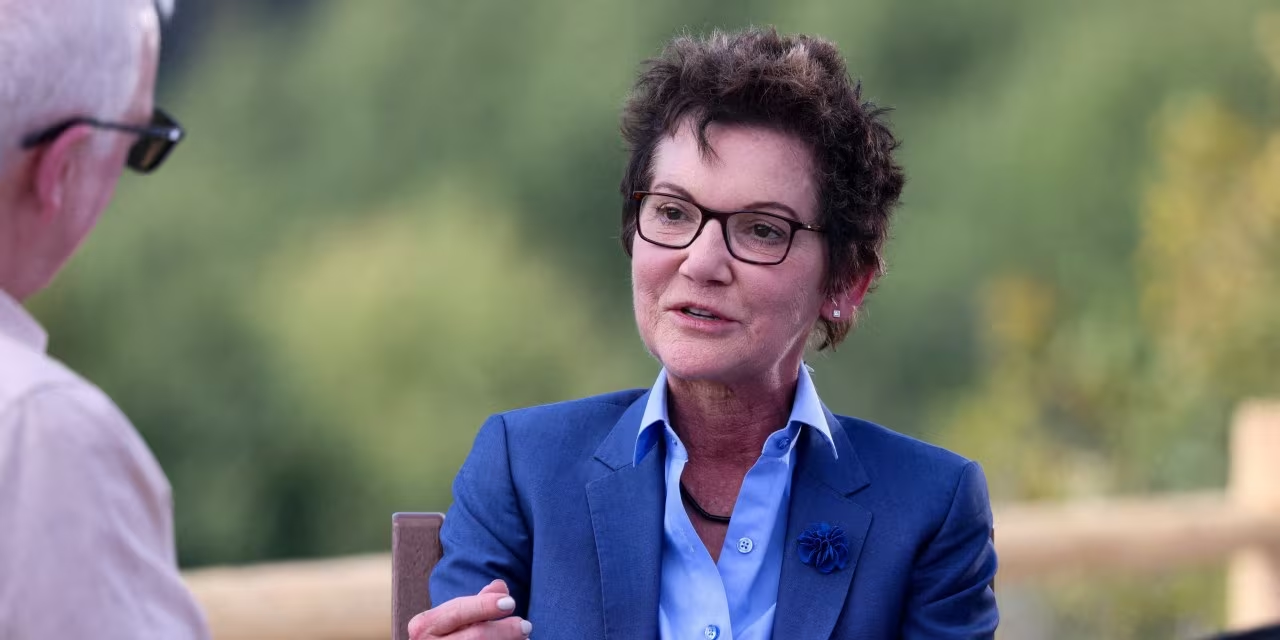San Francisco Fed President Signals Monetary Easing
Mary Daly, President of the Federal Reserve Bank of San Francisco, has publicly stated her support for lowering the benchmark interest rate at the central bank’s upcoming meeting in December 2025. This exclusive report, initially published by The Wall Street Journal, signals a significant shift in the Federal Reserve’s internal debate, prioritizing risks to the employment side of its dual mandate.
Daly’s position is notable because it explicitly names a timeline for monetary policy easing, driven by her assessment that the U.S. labor market is increasingly vulnerable. She indicated that the likelihood of a sudden, sharp deterioration in job growth is now higher than previously assumed, necessitating preemptive action to safeguard economic stability.

The Rationale: Prioritizing Employment Stability
The Federal Reserve operates under a dual mandate: achieving maximum employment and maintaining stable prices (controlling inflation). For the past several years, the focus has largely been on combating persistent inflation. Daly’s comments suggest that, in her view, the balance of risks has decisively shifted toward the employment side.
Her concern centers on the potential for the labor market to transition from a gradual cooling to a rapid decline—a scenario often referred to as a “cliff edge” event. This vulnerability stems from several factors observed in recent economic data:
- Slowing Job Creation: While still positive, monthly job gains have moderated, indicating less momentum in hiring.
- Rising Unemployment: Although still historically low, the unemployment rate has shown a slight upward trend, raising flags about underlying weakness.
- Wage Deceleration: Growth in average hourly earnings has slowed, which, while helpful for inflation control, suggests reduced bargaining power for workers.
By advocating for a rate cut now, Daly is arguing for a preemptive move. The goal of such easing is to reduce borrowing costs for businesses and consumers, thereby stimulating investment and hiring before a recessionary environment takes hold.
“I see a sudden deterioration in the job market as both more likely and more damaging than the risk of inflation re-accelerating from current levels,” Daly reportedly stated, emphasizing the need to act while the economy still possesses momentum.
This stance places Daly firmly in the dovish camp within the Federal Open Market Committee (FOMC), the Fed body responsible for setting rates. A dovish position favors lower interest rates to support employment and growth, even if it means tolerating slightly higher inflation.
Monetary Policy Context and FOMC Dynamics
As a regional Fed President, Mary Daly is a key voice in the central bank’s discussions, even when she is not a rotating voting member of the FOMC. Her public support for a December cut provides crucial insight into the internal dialogue among policymakers.
Historically, the Fed has preferred to wait for confirmed economic weakness before cutting rates. However, the experience of previous cycles has taught policymakers that waiting too long can lead to a deeper recession. Daly’s argument for preemptive action reflects a willingness to adjust the policy stance based on forward-looking risk assessments rather than lagging indicators.
The Inflation vs. Employment Trade-off
For a rate cut to be justifiable, the consensus among Fed officials must be that inflation is either sufficiently contained or that the risk of job losses outweighs the risk of inflation rebounding. Daly’s comments strongly imply the former:
- Inflation Control: Significant progress has been made in bringing the Consumer Price Index (CPI) and Personal Consumption Expenditures (PCE) inflation measures closer to the Fed’s 2% target.
- Lagging Effects: The full impact of previous rate hikes (which raised the federal funds rate significantly) is still working its way through the economy, particularly in the labor market.
- Risk Management: The cost of a minor inflation overshoot is deemed less severe than the cost of a significant rise in unemployment.

Market Reaction and the Path to December
Statements from influential Fed officials like Daly are closely scrutinized by financial markets, as they provide clues about the future trajectory of borrowing costs. A strong signal supporting a December cut will likely reinforce market expectations for monetary easing.
Potential Market Impacts:
- Bond Markets: Treasury yields, which move inversely to prices, are likely to fall as investors anticipate lower short-term rates. This reduces the cost of government and corporate borrowing.
- Equity Markets: Stock prices often react positively to expected rate cuts, as lower rates improve corporate profitability and make future earnings streams more valuable.
- Housing Market: Mortgage rates, which track long-term yields, could decrease, potentially offering relief to the struggling housing sector and boosting affordability for prospective buyers.
This shift in sentiment sets the stage for a critical December FOMC meeting. While Daly’s support is not a guarantee, it indicates that the internal debate is moving toward easing, especially if upcoming labor market reports (such as the monthly jobs report and unemployment figures) continue to show signs of weakness throughout the fall.
Key Takeaways
Mary Daly’s explicit support for a rate cut marks a pivotal moment in the Fed’s current policy cycle. Here are the essential points for businesses, investors, and consumers:
- Policy Shift: San Francisco Fed President Mary Daly supports a rate cut at the December 2025 FOMC meeting.
- Primary Reason: Concern over the vulnerability of the labor market and the increasing risk of a sudden, sharp rise in unemployment.
- Stance: This is a dovish signal, suggesting the Fed may be shifting its priority from inflation control to employment preservation.
- Preemptive Action: Daly advocates for cutting rates before a severe downturn is confirmed, aiming to mitigate economic damage.
- Market Expectation: The statement reinforces market anticipation of monetary easing, potentially leading to lower bond yields and mortgage rates in the near term.
Conclusion
Mary Daly’s public backing of a December rate cut provides the clearest indication yet that a significant faction within the Federal Reserve believes the time for monetary policy easing is near. By focusing on the risks inherent in the labor market, Daly is signaling a return to the employment side of the dual mandate, suggesting that the central bank is prepared to act decisively to prevent a recessionary spiral. The focus now turns to the remaining economic data releases leading up to the December meeting, particularly those concerning job growth and unemployment, which will ultimately determine the FOMC’s final decision.
Original author: Nick Timiraos
Originally published: November 24, 2025
Editorial note: Our team reviewed and enhanced this coverage with AI-assisted tools and human editing to add helpful context while preserving verified facts and quotations from the original source.
We encourage you to consult the publisher above for the complete report and to reach out if you spot inaccuracies or compliance concerns.

